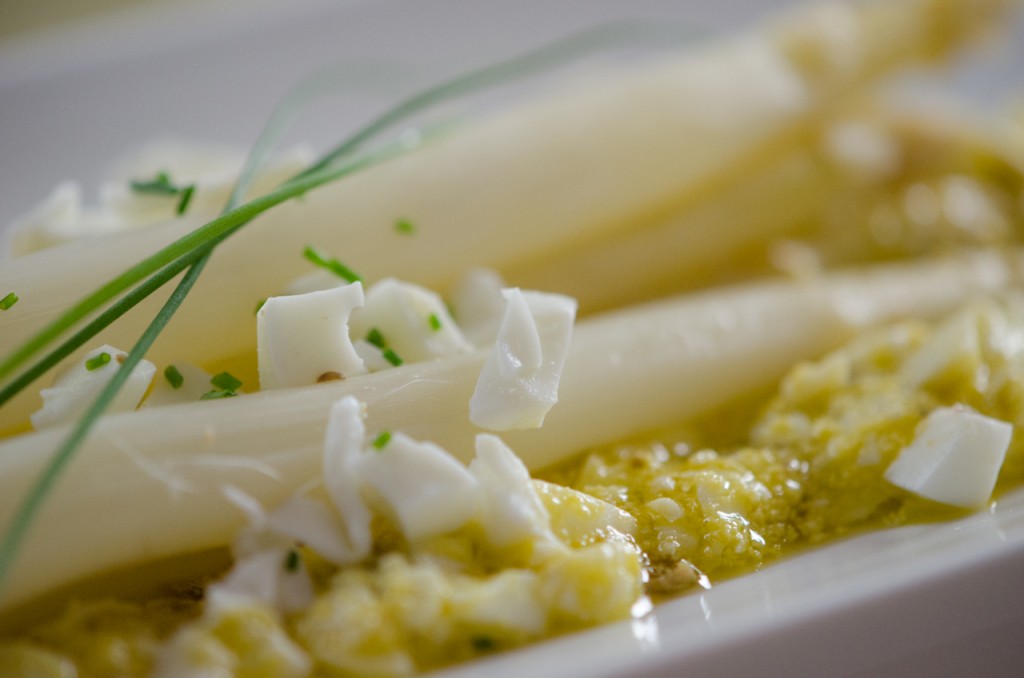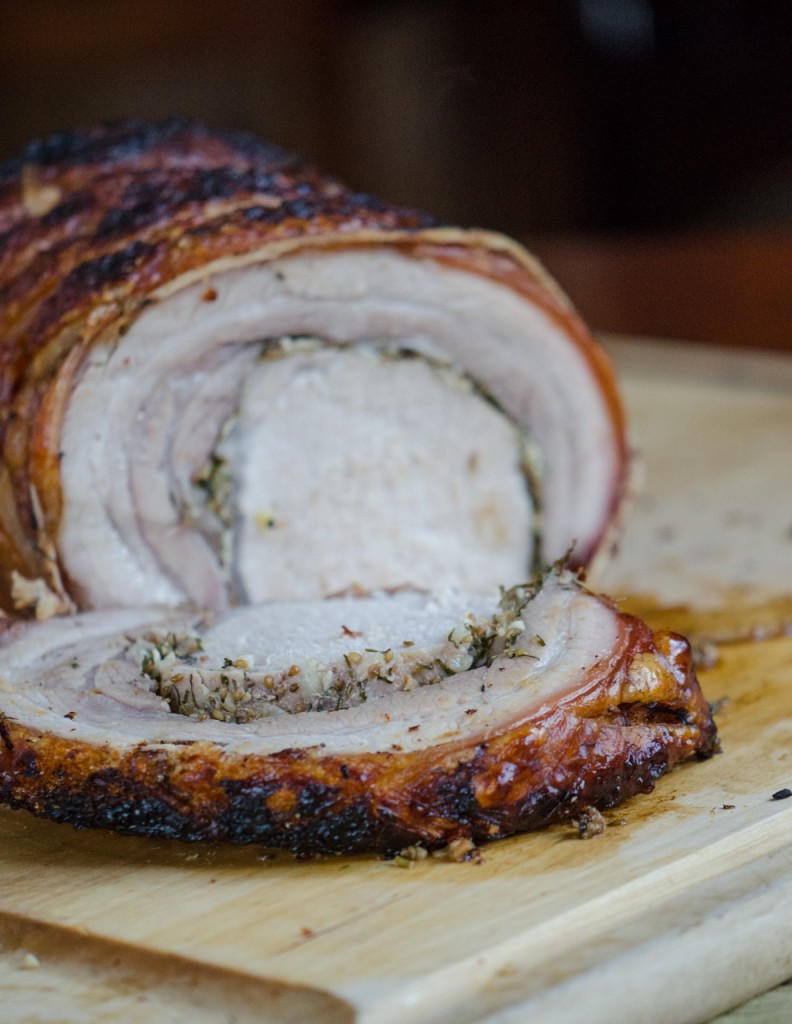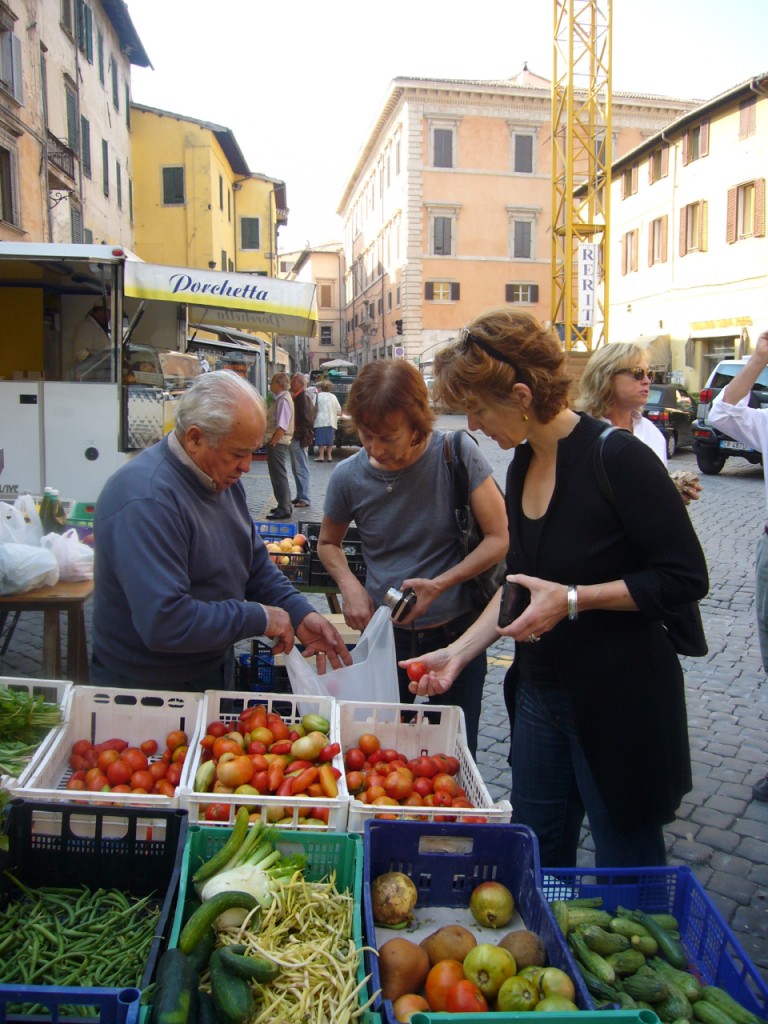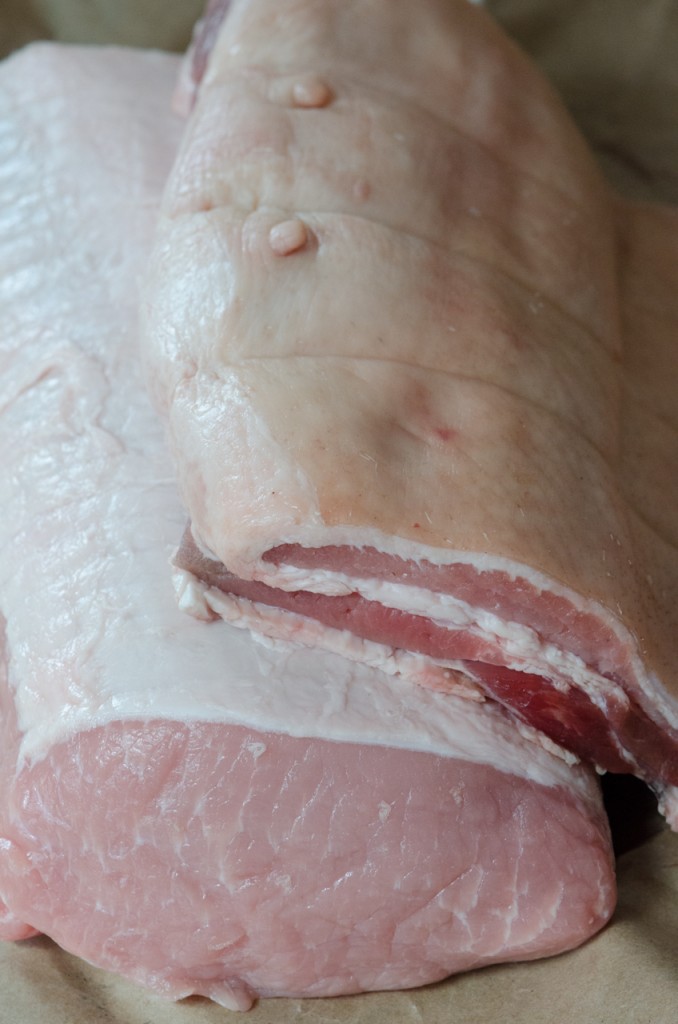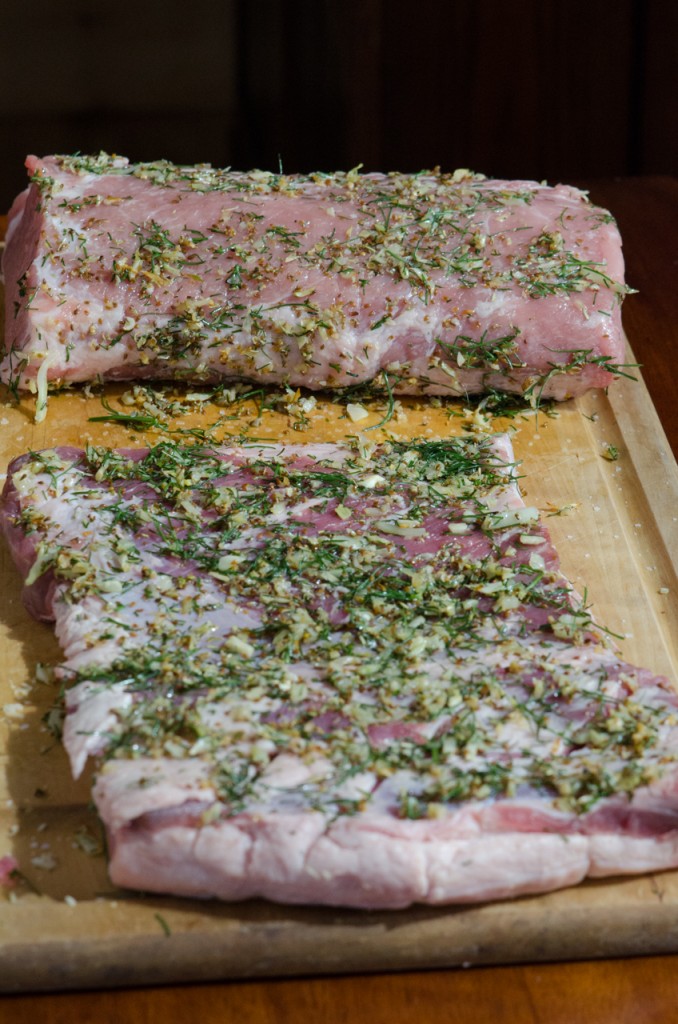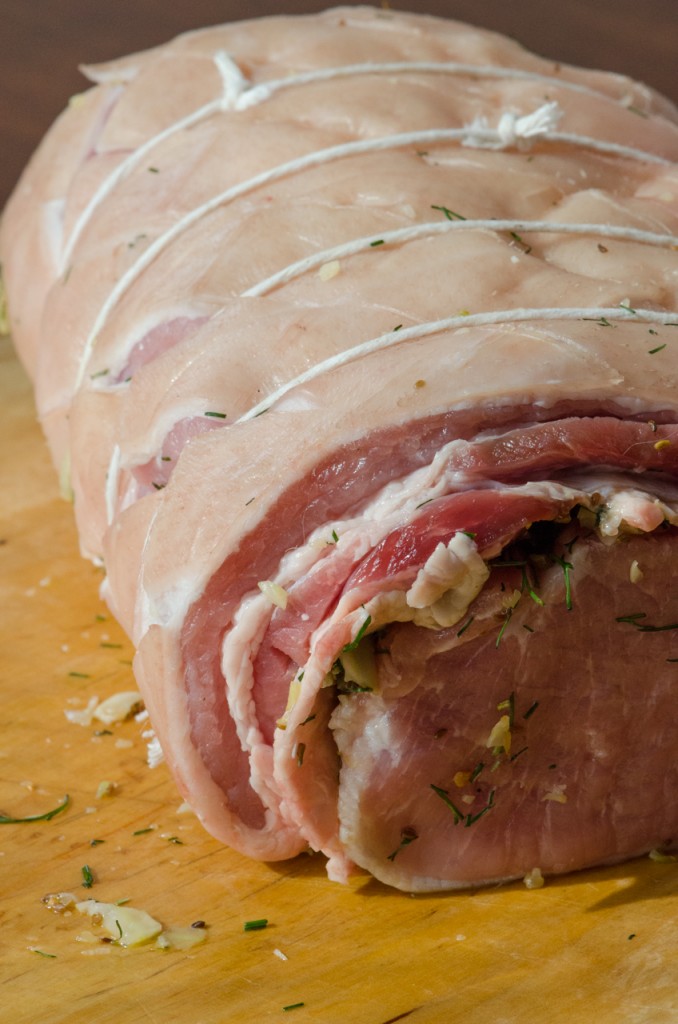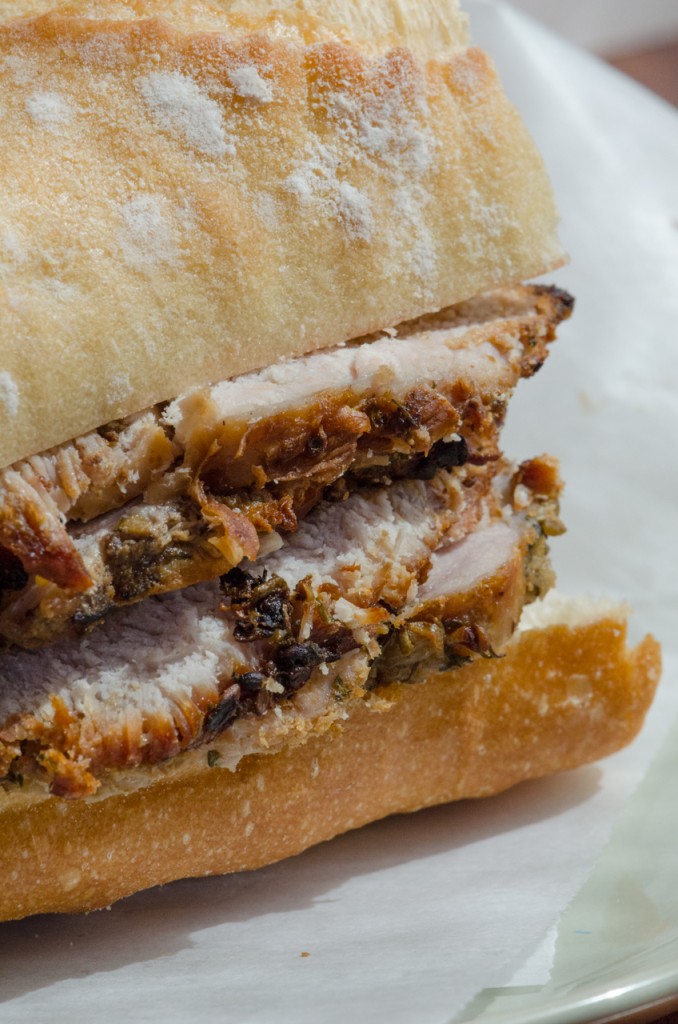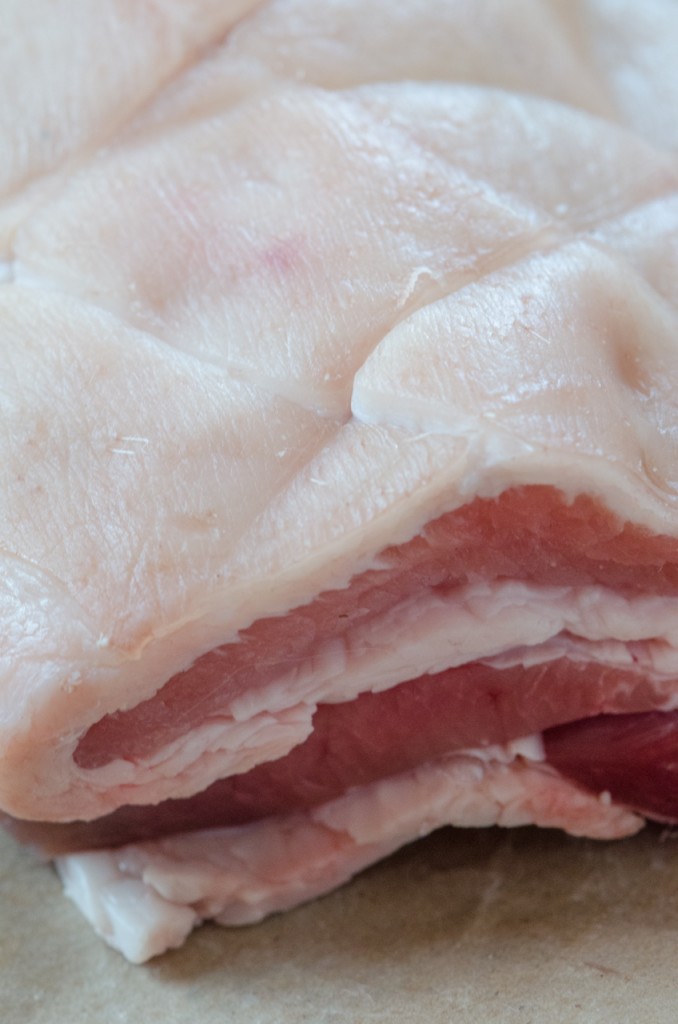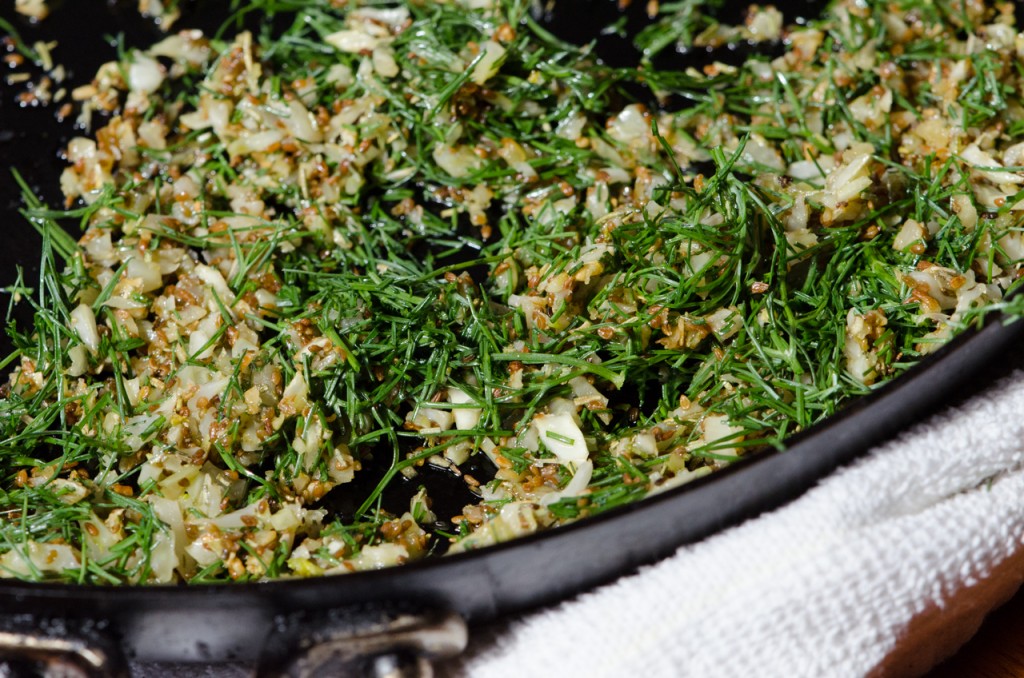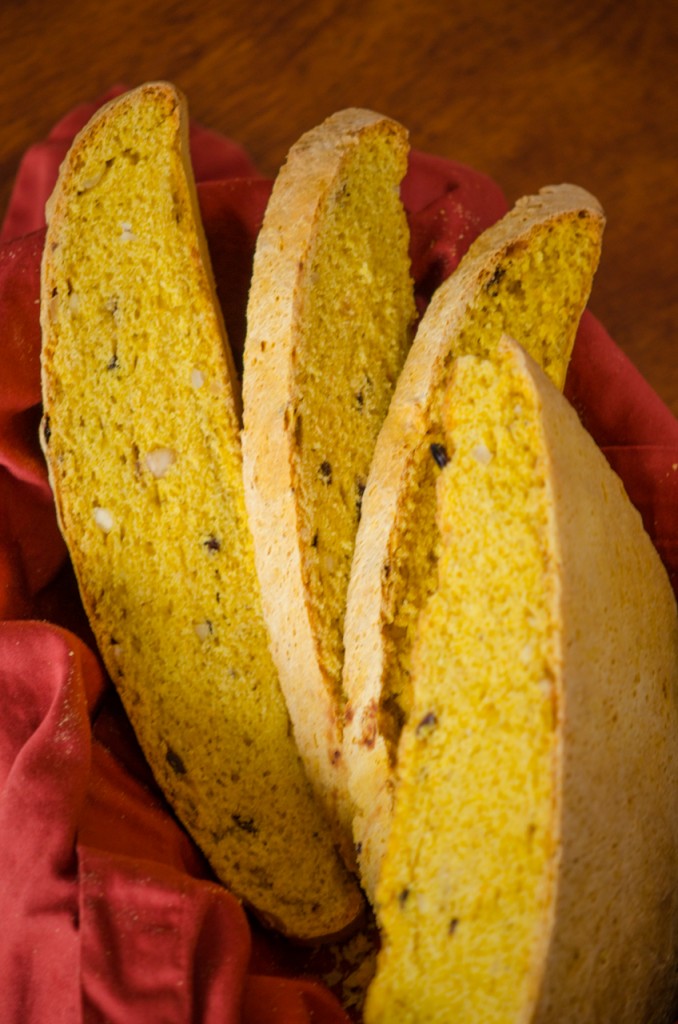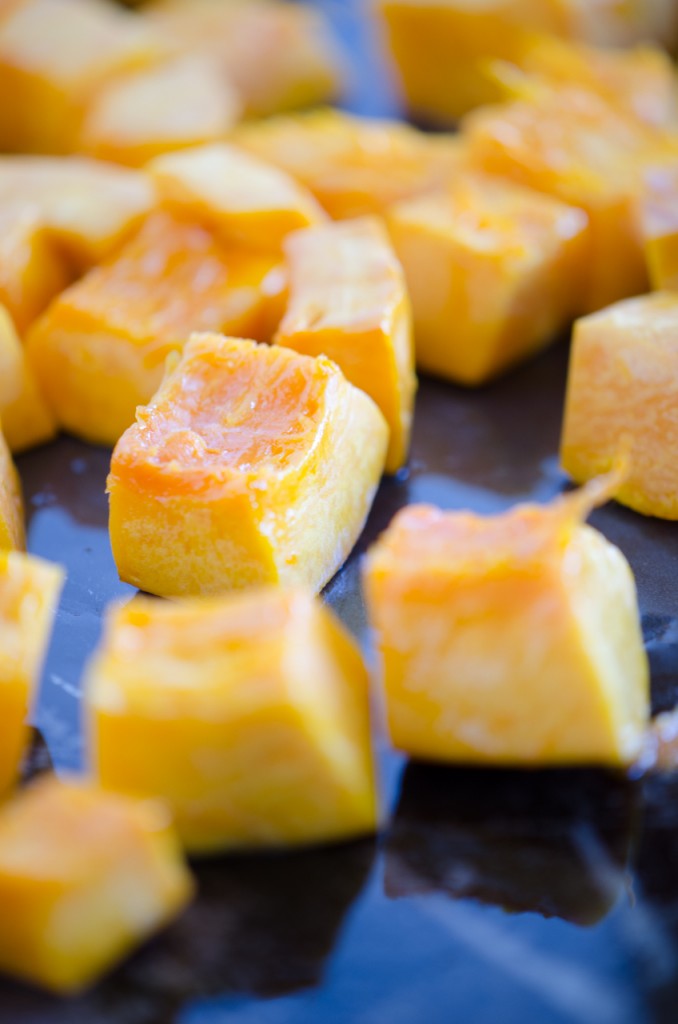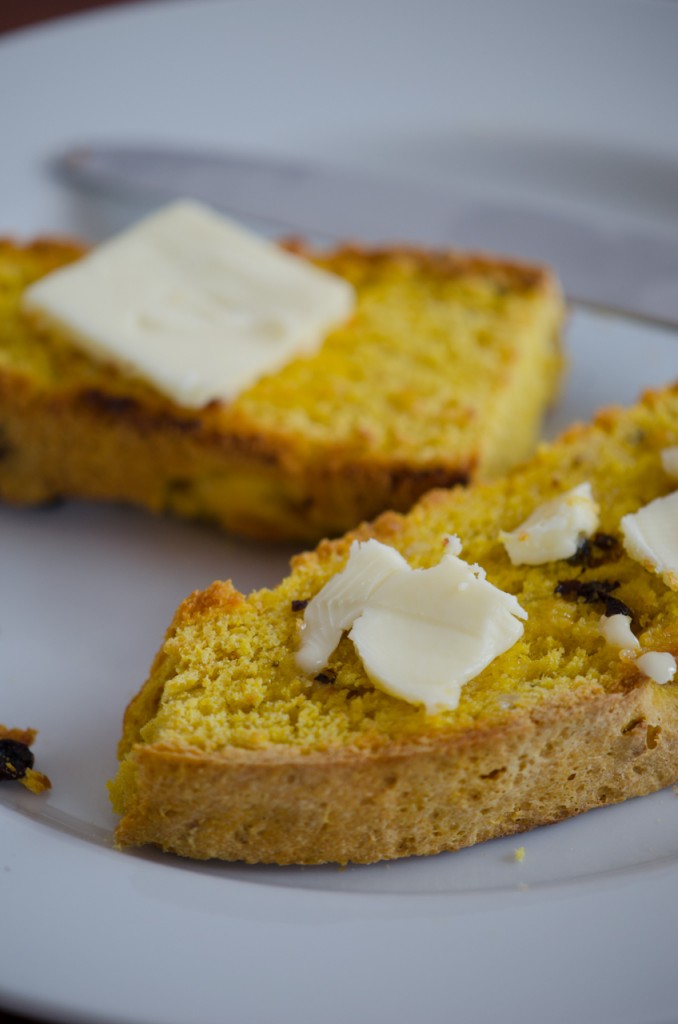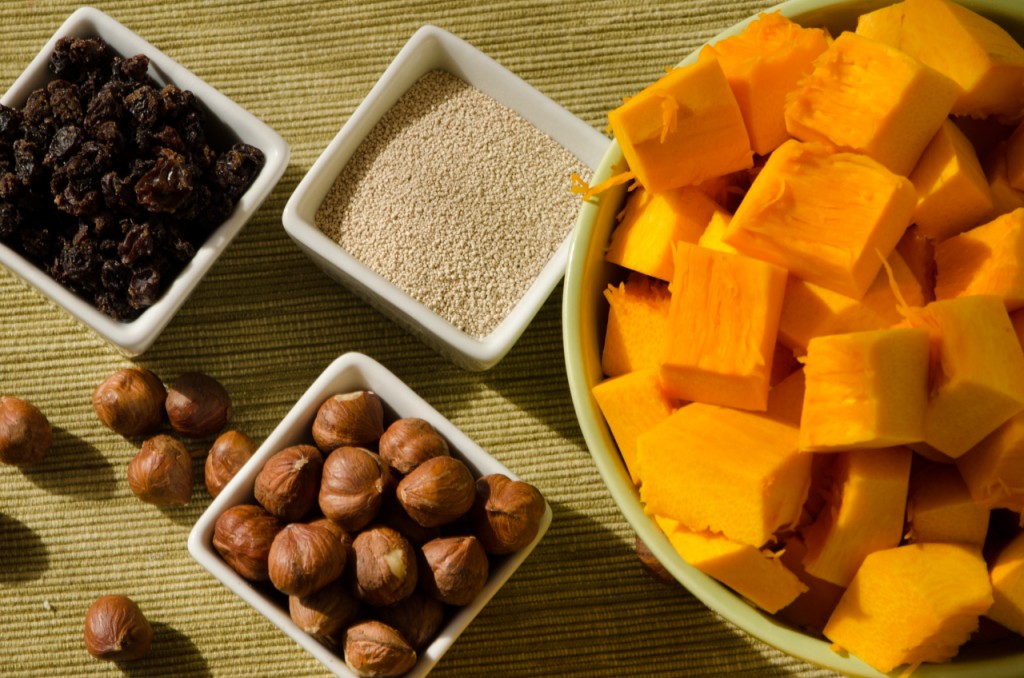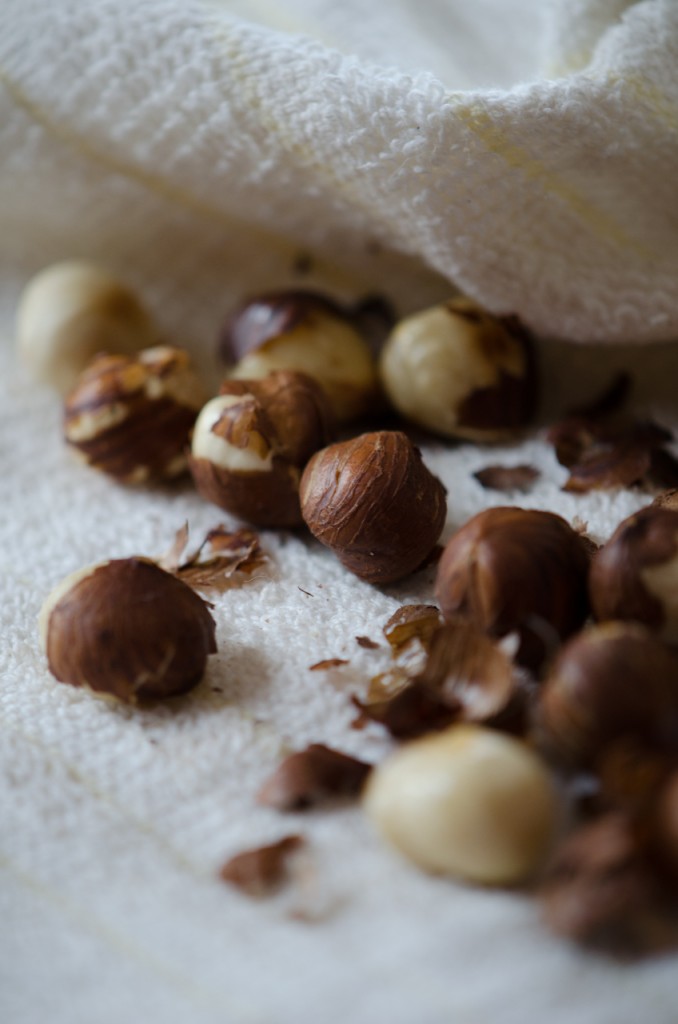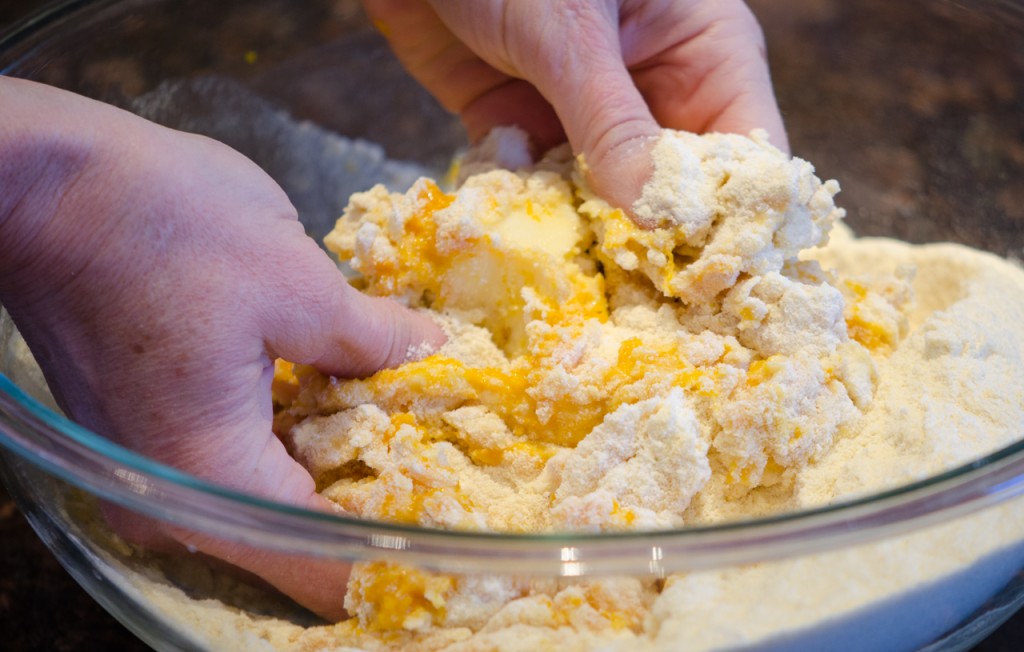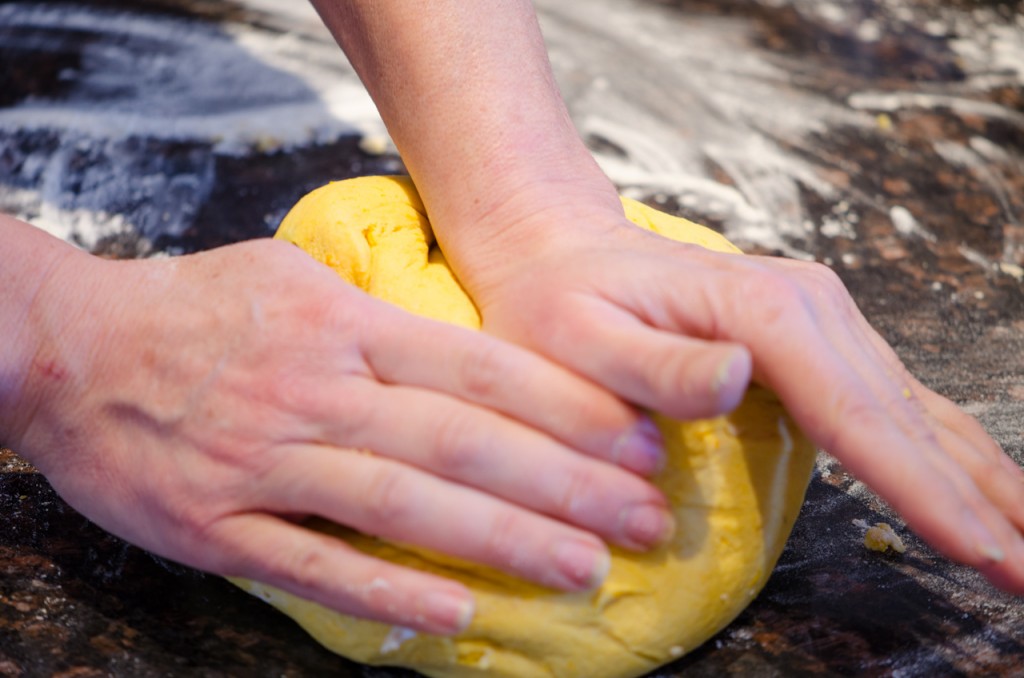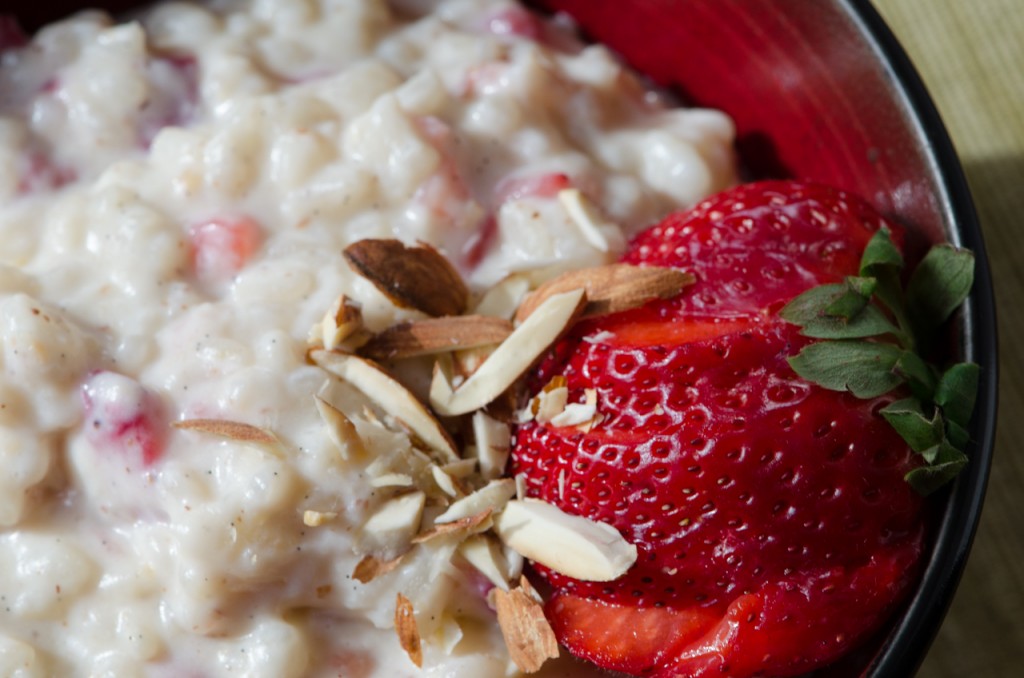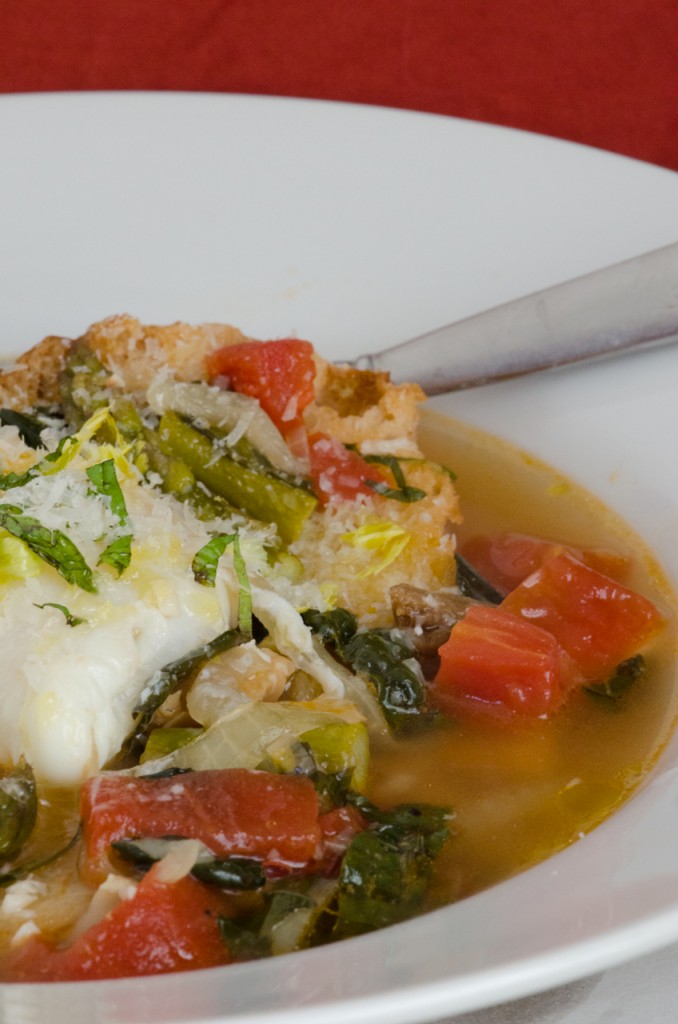One of our favorite towns to visit on our cycling tours is the beautiful historic Pre Alps town of Bassano del Grappa. Our spring trips in the area give us the opportunity to indulge in the area’s renowned white asparagus, which appears mid-March to mid-June. The origins of the delicacy date from as early as 1200.
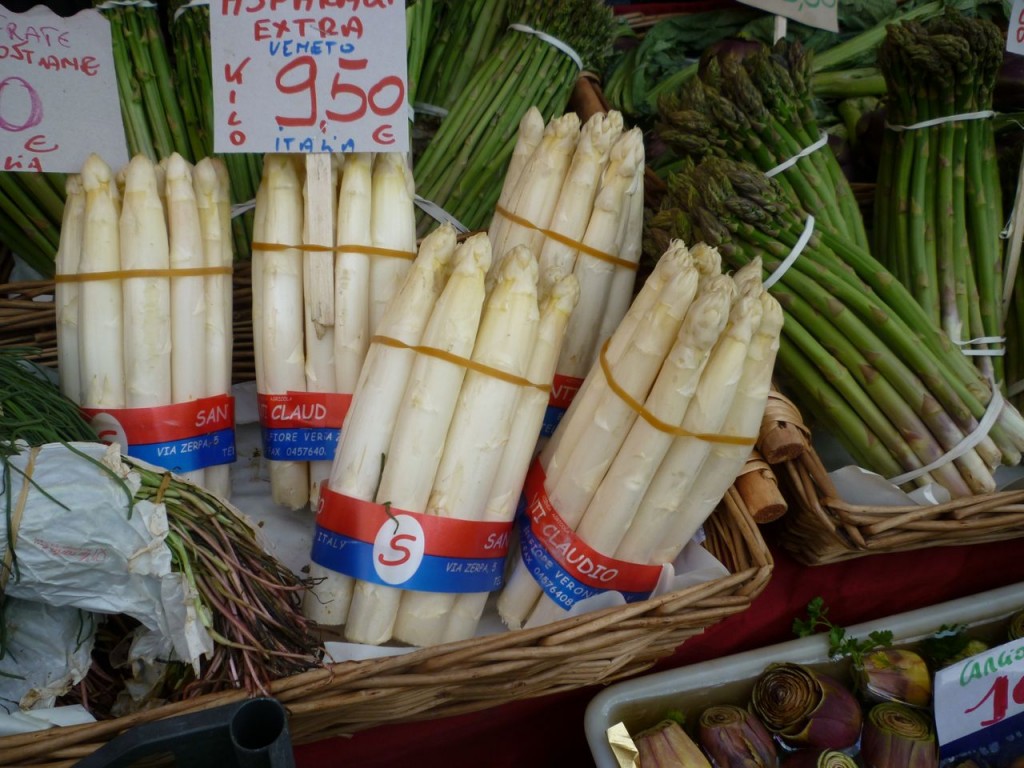
There are several legends surrounding it’s origin in the area, one attributes its discovery to an extremely violent hailstorm, which destroyed most of the harvest. The farmers, desperate for food of any kind, plowed the land under in a search for edible roots and tubers and discovered a delicacy: the tasty, pleasant white asparagus. In the 1500 and 1600s, the white asparagus of Bassano was prized, reserved for the banquets of the nobles of the Venetian empire. The most ancient recipe was asparagus and eggs, with olive oil and pepper.
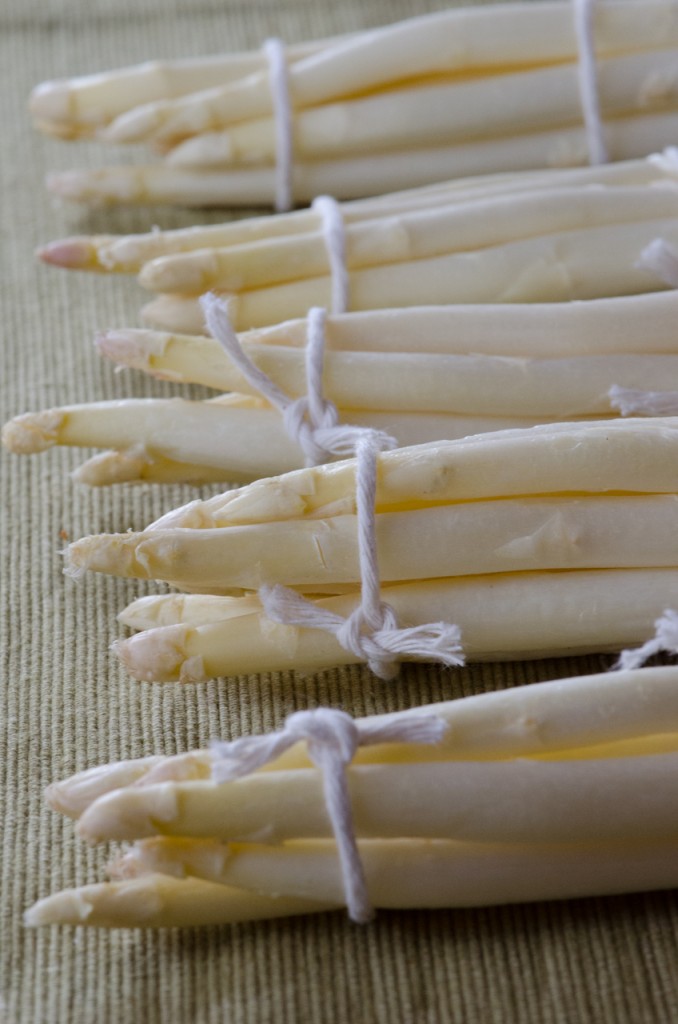
What is white asparagus? It is simply green asparagus that has been deprived of light, preventing it from turning green. Today, it is covered with a thick layer of mulch and plastic. This process, called etoilation, creates pale white spears that have a more delicate flavor than their green counterparts.
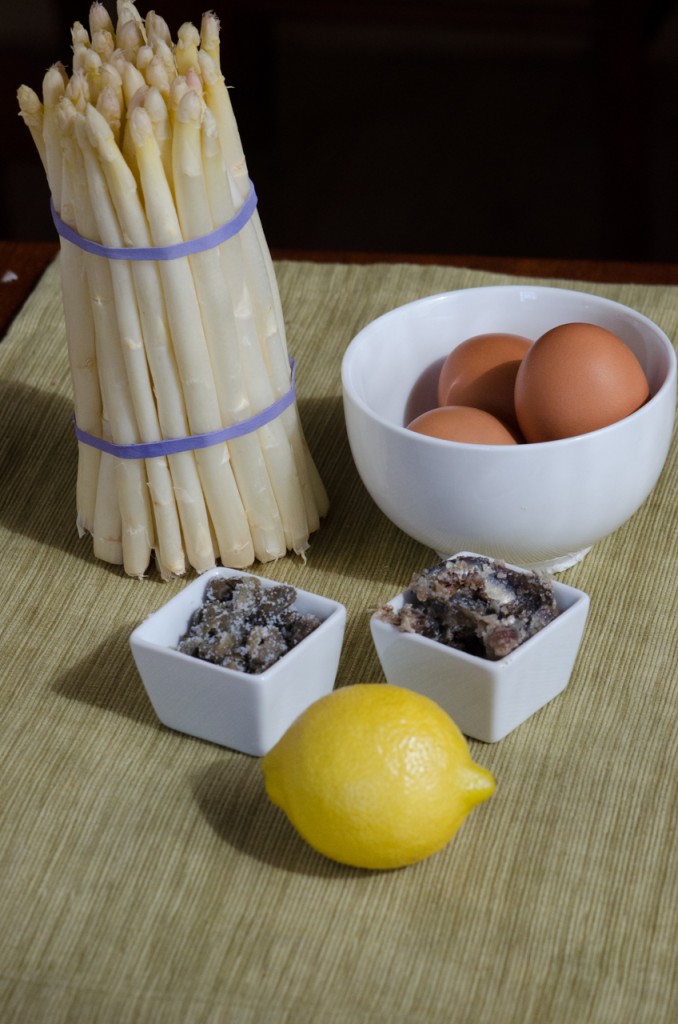
In Bassano, the asparagus found the ideal environment: sandy, soft, well-drained and slightly calcareous soil on the banks of the Brenta River. The soil type, combined with a particularly mild climate, produces a product recognized for its quality the world over. Its’ pale color, tenderness and sweet-sour perfume make it particularly well-suited for rice dishes, soups, pasta and salads. Its tenderness allows one to enjoy the entire length. Due to its quality and delicacy, it is quite perishable and must be correctly conserved and served within a few days.
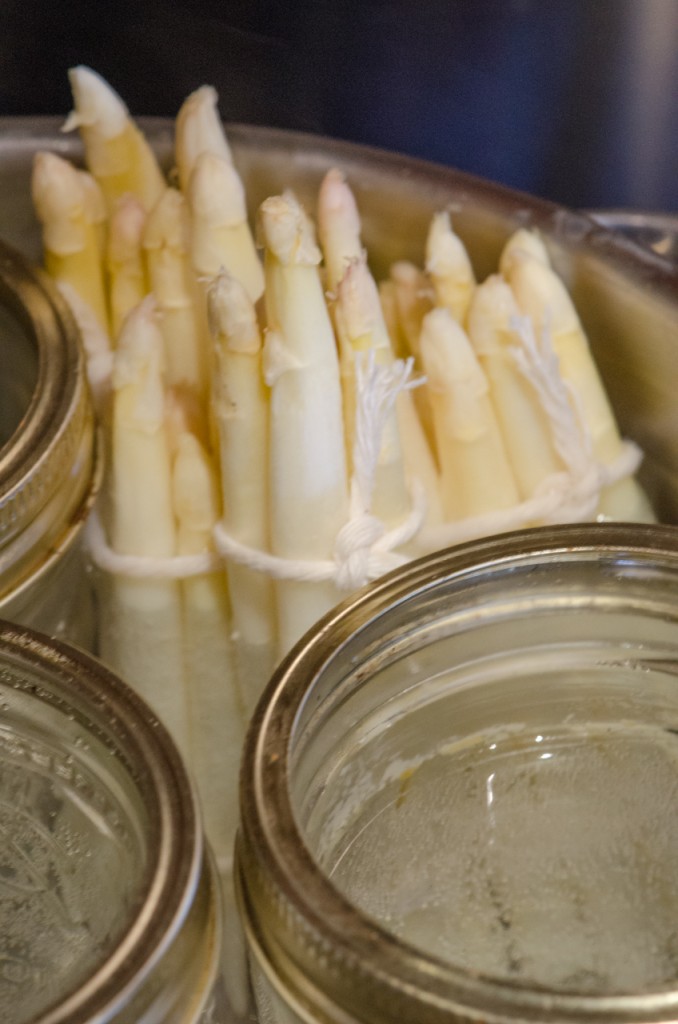
The following recipe is from La Cucina Italiana, a classic combination of asparagus and eggs. You can either serve the sauce on the side, and dip individual spears into the sauce, or toss the spears with the sauce and serve, topped with additional egg whites. This is a great spring recipe for fresh asparagus of any color! Enjoy with a nice white wine from the nearby Breganze wine region, such as their Bianco (a blend of the local grape Tai) or Vespaiolo.
Asparagi di Bassano Con Salsa di Uove Sode
1 lb. asparagus, woody ends trimmed and peeled if skin seems thick
3 large, hard boiled eggs, shells removed and cut in half, yolks separated
2 tablespoons lemon juice
1/2 cup extra virgin olive oil
2 salt cured anchovy filets, boned, rinsed and chopped
1 tablespoon capers, rinsed and chopped
Kosher salt and freshly ground pepper
Tie the asparagus stalks in small bunches and stand them up in a high, narrow pan. Add water to about two-thirds up the length of the stalks and simmer them until tender, about 8 minutes.
To make the sauce, press the hard boiled egg yolks through a sieve, into a small bowl. Stir in the lemon juice, and then, stirring constantly, slowly drizzle in the olive oil. Chop the egg whites and add most of them to the sauce, reserving a bit for garnish. Add the anchovies and capers; season with salt and pepper, and additional lemon juice if desired.
